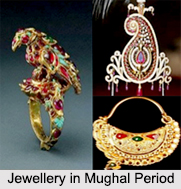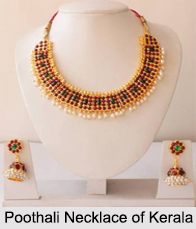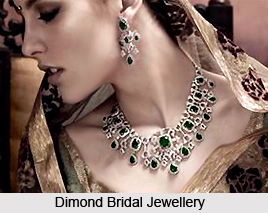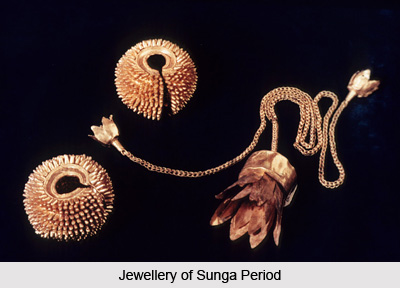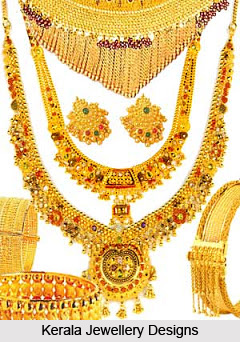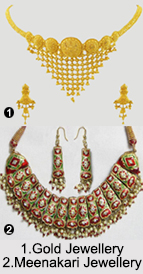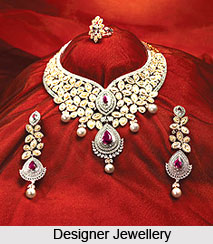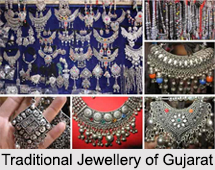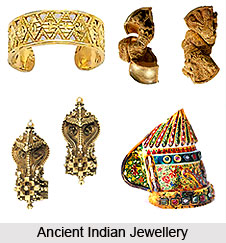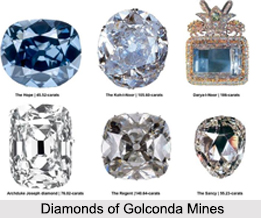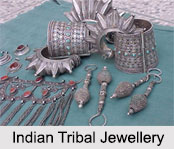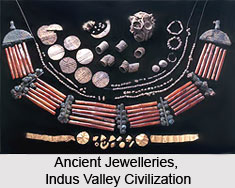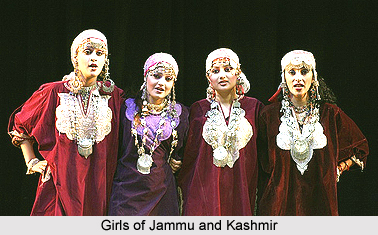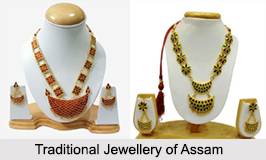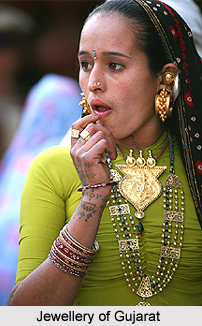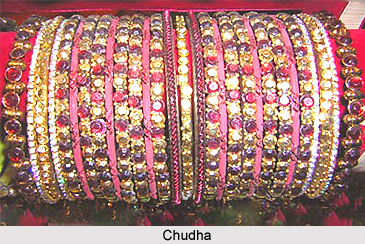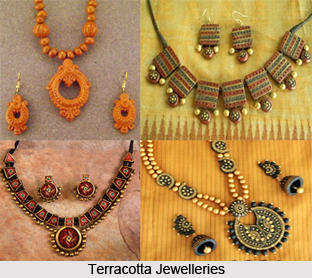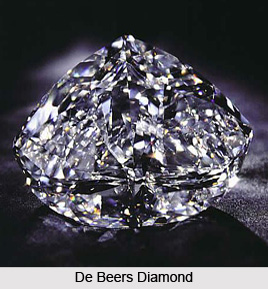 A stunning 439.86-carat diamond was unearthed in 1889, in the De Beers Mine at Kimberley in South Africa. The diamond with the huge polyhedron, pale lemon gold in color, measured 47.60 mm at the longest axis. In all likelihood it was cut at the premier diamond-cutting center, Amsterdam as it was at that time. A cushion-shaped diamond weighing 234.50 carats was produced as the result of that cut. The stone lost 205.36 carats in the process of cutting. After Cullinan I, Cullinan II, and the Jubilee, this diamond`s inspiring weight makes it the fourth largest polished diamond in the world.
A stunning 439.86-carat diamond was unearthed in 1889, in the De Beers Mine at Kimberley in South Africa. The diamond with the huge polyhedron, pale lemon gold in color, measured 47.60 mm at the longest axis. In all likelihood it was cut at the premier diamond-cutting center, Amsterdam as it was at that time. A cushion-shaped diamond weighing 234.50 carats was produced as the result of that cut. The stone lost 205.36 carats in the process of cutting. After Cullinan I, Cullinan II, and the Jubilee, this diamond`s inspiring weight makes it the fourth largest polished diamond in the world.
In 1889, the De Beers was displayed at the Paris Exhibition. In a while, it caught the eye of the magnificent, six-feet tall, Maharaja of Patiala, Rajendra Singh, who bought the gem. A great lover of jewels, the bravura Rajendra Singh could often be seen wearing a belt of dazzling diamonds, waist-length ropes of pearls and emeralds, a cluster of emeralds in his coal black turban and a four-inch emerald on a gold scarf, all at the same time. Savile Row suits he favored the most, which he wore with pearl earrings as big as apricots. If truth be told, it is believed that Cartier at one time "filled casket after casket" of jewels for the maharaja. The conspicuous De Beers diamond, he had set as the centerpiece in a ceremonial necklace fashioned by Cartier.
In the 1930s, the De Beers was sold to unidentified person who is supposedly its present owners. The gem was again tried to be sold off by its present owner on May 6, 1982, in the auction rooms of Sotheby`s, Geneva. There was a great deal of exhilaration as the bidding was expected to go up to $4.5 million. Though, the unrevealed reserve price and has not reappeared since then.
